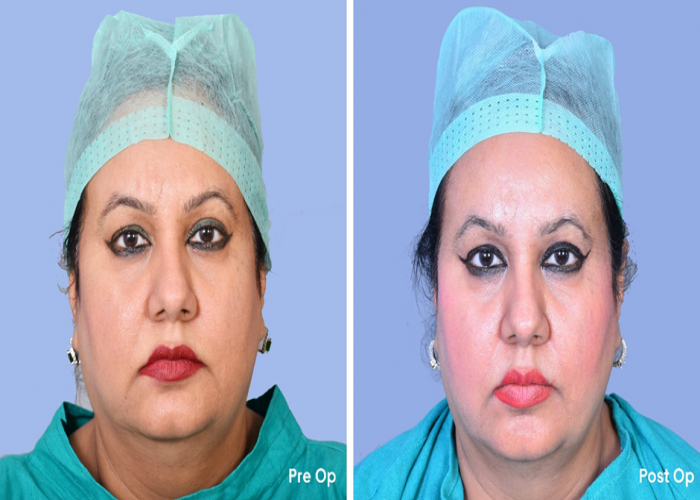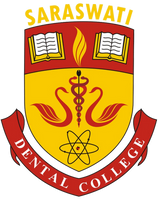
We are all affected by aging, there is NO escape! The pattern of aging is neither uniform nor linear, and it varies from individual to individual. Facial wrinkles also known as Rhytides, in simple language are folds which are present in our skin. When a person is young, their skin has the ability to spring back. As they get older, their skin loses its flexibility, and, it becomes more difficult for skin to spring back, due to lesser production of elastin and collagen production.
Facial rejuvenation aims to restore a youthful appearance to the face, that can be achieved surgically and non-surgically. Surgical facial rejuvenation procedures are invasive procedures which includes facelifts, brow lifts, and so on. Non-surgical facial rejuvenation procedures are non-invasive procedures which includes chemical peels, derma fillers, etc.
Therefore, in order to correct the wrinkles, there are many procedures i.e. invasive & non-invasive procedures. Recently, there has been a growing trend for patients to pursue minimally invasive treatments which has reduced side effects and downtime to correct wrinkles and laxity. Polydioxanone threads and injectable platelet rich fibres being one of them.
Aesthetic procedures using absorbable PDO threads are an interesting alternative for facial rejuvenation. Different types of threads and techniques can be used depending on the patient’s needs. The great advantages of these techniques are the low morbidity and the low downtime from work. Proper training and knowledge of the different thread lifting techniques as well as adequate patient selection is crucial to be able to obtain good cosmetic results.
In dermatology, PRP (platelet rich plasma) is a first-generation platelet concentrate which is in use for a long time in various dermatological and aesthetic conditions with variable results. There have been concerns regarding use of anticoagulants in PRP, due to hypersensitivity potential in them. Injectable PRF solves this concern and does not require use of an anticoagulant and hence is a fully autologous biomaterial with virtually no hypersensitivity reaction.
No comparative studies between the PDO threads and i-PRF has been reported in the literature, so we will be comparing the outcomes on facial wrinkles using these two treatment modalities in this study. As there are still a lot of studies needed to be carried out to prove the efficiency of either PDO threads and i-PRF, hence we hypothesise in our study, that i-PRF will give us a similar result when compared to PDO threads. PDO threads are already a standardized procedure for treatment of facial wrinkles. From the documented benefits and advantages of PDO threads and i-PRF, it is evident that both the materials will significantly improve the outcomes on facial wrinkles.

